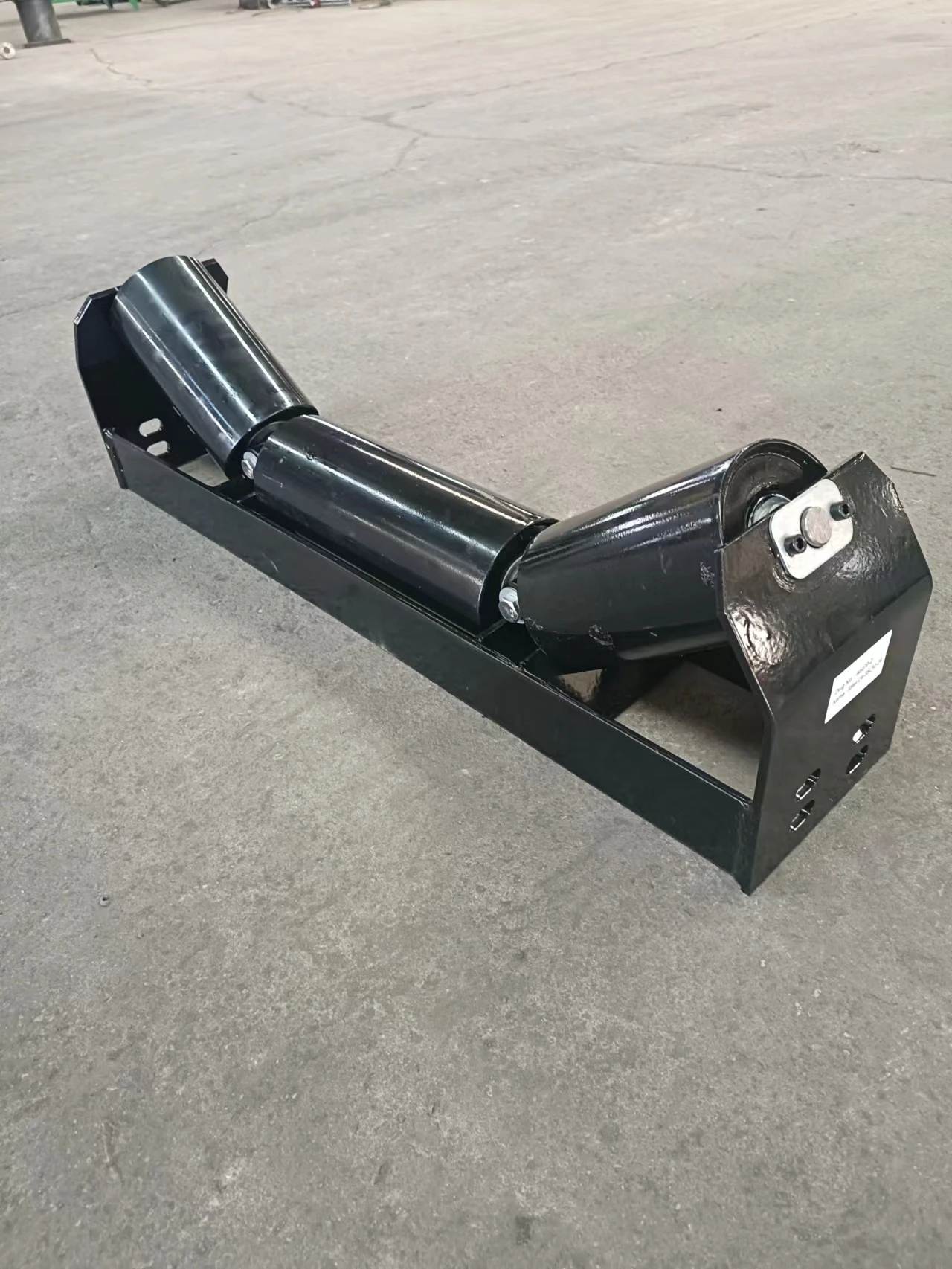 Afrikaans
Afrikaans  Albanian
Albanian  Amharic
Amharic  Arabic
Arabic  Armenian
Armenian  Azerbaijani
Azerbaijani  Basque
Basque  Belarusian
Belarusian  Bengali
Bengali  Bosnian
Bosnian  Bulgarian
Bulgarian  Catalan
Catalan  Cebuano
Cebuano  Corsican
Corsican  Croatian
Croatian  Czech
Czech  Danish
Danish  Dutch
Dutch  English
English  Esperanto
Esperanto  Estonian
Estonian  Finnish
Finnish  French
French  Frisian
Frisian  Galician
Galician  Georgian
Georgian  German
German  Greek
Greek  Gujarati
Gujarati  Haitian Creole
Haitian Creole  hausa
hausa  hawaiian
hawaiian  Hebrew
Hebrew  Hindi
Hindi  Miao
Miao  Hungarian
Hungarian  Icelandic
Icelandic  igbo
igbo  Indonesian
Indonesian  irish
irish  Italian
Italian  Japanese
Japanese  Javanese
Javanese  Kannada
Kannada  kazakh
kazakh  Khmer
Khmer  Rwandese
Rwandese  Korean
Korean  Kurdish
Kurdish  Kyrgyz
Kyrgyz  Lao
Lao  Latin
Latin  Latvian
Latvian  Lithuanian
Lithuanian  Luxembourgish
Luxembourgish  Macedonian
Macedonian  Malgashi
Malgashi  Malay
Malay  Malayalam
Malayalam  Maltese
Maltese  Maori
Maori  Marathi
Marathi  Mongolian
Mongolian  Myanmar
Myanmar  Nepali
Nepali  Norwegian
Norwegian  Norwegian
Norwegian  Occitan
Occitan  Pashto
Pashto  Persian
Persian  Polish
Polish  Portuguese
Portuguese  Punjabi
Punjabi  Romanian
Romanian  Russian
Russian  Samoan
Samoan  Scottish Gaelic
Scottish Gaelic  Serbian
Serbian  Sesotho
Sesotho  Shona
Shona  Sindhi
Sindhi  Sinhala
Sinhala  Slovak
Slovak  Slovenian
Slovenian  Somali
Somali  Spanish
Spanish  Sundanese
Sundanese  Swahili
Swahili  Swedish
Swedish  Tagalog
Tagalog  Tajik
Tajik  Tamil
Tamil  Tatar
Tatar  Telugu
Telugu  Thai
Thai  Turkish
Turkish  Turkmen
Turkmen  Ukrainian
Ukrainian  Urdu
Urdu  Uighur
Uighur  Uzbek
Uzbek  Vietnamese
Vietnamese  Welsh
Welsh  Bantu
Bantu  Yiddish
Yiddish  Yoruba
Yoruba  Zulu
Zulu Conical Roller Bearings Enhanced Performance and Durability for Mechanical Applications
The Conical Roller An Engineering Marvel
In the realm of mechanical engineering, the conical roller has garnered attention for its unique design and functional versatility. This specialized component plays a crucial role in various machinery and applications, from automotive systems to industrial equipment. The conical roller's distinctive shape and functionality provide distinct advantages that contribute to its widespread use.
First and foremost, the conical roller's design facilitates efficient load distribution. Unlike traditional cylindrical rollers, which may struggle with uneven weight distribution, conical rollers are tapered. This slope allows the roller to engage more smoothly with surfaces, minimizing friction and wear. In applications where heavy loads are common, such as in construction machinery or conveyor systems, this benefit is invaluable. The ability to distribute load effectively not only enhances the performance of the machinery but also extends its lifespan by reducing the risk of premature component failure.
Furthermore, conical rollers are instrumental in guiding and redirecting motion. In systems where angle adjustments are necessary, these rollers offer a unique advantage. For example, in an inclined conveyor system, the conical shape helps to maintain proper alignment and direction of the transported materials. This capability is particularly crucial in industries such as mining and manufacturing, where precise movement is essential for operational efficiency. The ability to adapt to varying angles ensures that materials are transported smoothly and without interruption.
conical roller

In addition to their functional benefits, conical rollers are also designed with durability in mind. They are often constructed from high-strength materials that resist wear and tear, making them suitable for harsh operating environments. Whether exposed to heavy loads, extreme temperatures, or abrasive materials, conical rollers are engineered to withstand the demands of their applications. This durability reduces the need for frequent maintenance and replacement, translating to cost savings for businesses.
Moreover, the versatility of conical rollers cannot be overstated. They can be found in various industries, including automotive, aerospace, and industrial machinery. In vehicles, for example, these rollers are often utilized in wheel and suspension systems, contributing to smoother rides and improved handling. In the aerospace sector, they may be employed in landing gear mechanisms, ensuring safe takeoffs and landings.
In conclusion, the conical roller is more than just a component; it is a vital element of modern engineering solutions. Its inherent ability to distribute loads, guide motion, and withstand rigorous conditions makes it indispensable in many applications. As technology continues to evolve, the role of conical rollers will undoubtedly expand, reinforcing their significance in the development of efficient and reliable machinery. The engineering world will continue to benefit from the innovations and improvements surrounding this remarkable component.
-
Revolutionizing Conveyor Reliability with Advanced Rubber Lagging PulleysNewsJul.22,2025
-
Powering Precision and Durability with Expert Manufacturers of Conveyor ComponentsNewsJul.22,2025
-
Optimizing Conveyor Systems with Advanced Conveyor AccessoriesNewsJul.22,2025
-
Maximize Conveyor Efficiency with Quality Conveyor Idler PulleysNewsJul.22,2025
-
Future-Proof Your Conveyor System with High-Performance Polyurethane RollerNewsJul.22,2025
-
Driving Efficiency Forward with Quality Idlers and RollersNewsJul.22,2025





























